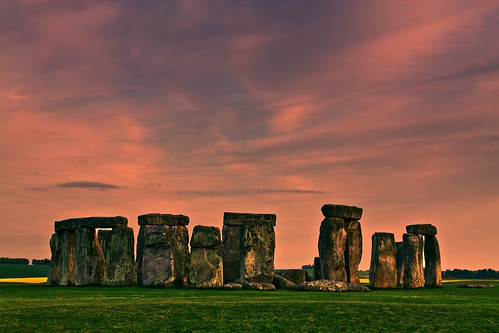 All done and dusted!
All done and dusted!
The first live lecture is now over (Watch it again here). The pain and the shakiness has subsided and I can relax! Thank you all for logging in: The chat in brief looked at four areas.
First we looked at the Renaissance era and the overriding dependancy society had on God and religion as a framework for life. It was considered that other cultures, communities and societies of times gone by had been rudimentary and basic compared with that of pre-1680 Christian Europe.
For years people had been fascinated by unusual objects and nature, but until now they were collected as ‘curiosities’ and displayed in cabinets with no organisation or category.
Secondly we turn to the Enlightenment (1680-1820) which attempted to dispel this ignorance by researching gods, rituals and cults in many different cultures. People then believed the key to unlocking the past and the mysteries of the universe lay in directly observing and studying natural and man-made objects, and to then impose order on them. It was a time of increasing explanation in the world in rational rather than religious terms.
John Aubrey followed in the footsteps of the Duke of Buckingham in 1620, and famed architect Inigo Jones produced a sketch of Stonehenge as he saw it in ancient times, which was continually tweaked. He felt strongly that the Stones could not of been erected by barbarous Britons, instead a Roman temple.
John Aubrey was the first person to publicly look beyond written record and declare the site of Stonehenge as pre-Roman. Through rigorous research, historical record and common sense Aubrey claimed Stonehenge didn’t fit into the Roman era, and that the site must have been made by a cult – the Druids.
William Stukeley took over from Aubrey both in his love of the stones and their interpretations. His field work was meticulous and exact; his drawings still used today. However his interpretations were heavily fantasised, and he drew huge theological links between Druids and priesthood.Stukeley named the Slaughter Stone and Altar Stone: names which today instil a feeling of fear and imagery of the occult.
Thirdly in the live lecture we examined the era of romance. Not really my idea of romance, but a time in which an emotional attraction to dramatic, wild landscapes and primitive peoples developed.The British gentry wanted to expand cultural horizons and go to far-away places. The need to travel burned throughout Europe, and few places more so than Britain.
Three archaeologists working at this time were Maud and William Cunnington and Sir Richard Colt Hoare.Even the work of these three could not dispel the connection between Stonehenge and the Druids (Watch a video about the Druids and Stonehenge). In 1810 they excavated beneath the Slaughter Stone, proving it once stood upright.
Who knows what other mysteries or answers Stonehenge will bring us in the future? What is Stonehenge telling us? Is the answer something that has completely escaped our observations – are we looking in the wrong places? Or are we looking for too much when the answer has been right in front of us for thousands of years? We can never know for sure, but it’s fun to keep trying.

